Modernism for Everyone: Enid Marx’s Vibrant Textiles
Enid Marx, also known as ‘Marco’, was one of the early 20th century’s most prolific and prodigiously talented designers, expanding her creative vision across a huge range of disciplines. From painting and printmaking to illustration and textiles, she spread her singular vision far and wide in a career spanning over 70 years. As a textile designer, she took the daring language of modernist abstraction out into the streets of Britain, producing hand-printed fabrics for commercial use, and famously designing the woven ‘moquette’ seating for the London Underground throughout World War II. While she insisted her “career has always just happened,” it is clear she earned her recognition through sheer hard work, grit and determination.
Born in London in 1902, and lived out much of her adult life in the same city. She studied drawing, pottery and textiles at the Central School of Arts and Crafts followed by the Royal College of Art (RCA), where female students were a small minority. Although Marx failed her diploma at the RCA, (her work was deemed too abstract) she was determined to pursue a career in the arts. During the same year that she left the RCA – in 1925 – Marx received her first commission as a freelance designer – to design a series of borders for sheet music for Curwin Press.
In the same year Marx took up an apprenticeship with the fabric designers Barron and Larcher, while slowly working on establishing her own textile print studio producing hand-printed textile patterns made using vegetable dyes. She experimented freely with different fabric types and printing techniques, noting how even the smallest variants could completely alter the look of the end result. In time she began regularly exhibiting with the British Institute of Industrial Artists, where she was able to receive exposure to some of her earliest clients.
Marx’s first private fabric commission came from Warner & Sons textiles, who bought three of her designs, including one she called ‘spot and bar’, featuring a striking angular monochrome pattern. She recalled the support Warner & Sons offered her during this formative period during an interview in 1979, noting “[They] were all anxious to encourage me in the experimental work I was doing. It was their belief that it was necessary and healthy for what one might term ‘Studio Printers’ to act as a spearhead and so a stimulus to industry.”
One success led to another, and by 1927 Marx had left Barron and Larcher to work independently as a producer of furnishing fabrics for a series of small-chain suppliers. In terms of motifs Marx’s output was lively and varied, merging elements of traditional floral and animalistic illustration with avant-garde abstraction, an approach which proved immensely popular with her regular buyers. Her colour schemes were often muted to allow the intricate nature of her patterns to take centre stage. Along with Edward Bawden, Eric Ravilious and Barnett Freedman, Marx became recognised as one of a generation leading a bold new approach to 20th century British design. Looking back many years later, she commented in an interview, “I realise just how lucky we were to have been working in that halcyon period between the wars, when all the arts flowered in such profusion.”
In 1935, Marx was commissioned to create a series of moquette fabric designs for London Transport (LT), along with Marion Dorn and Paul Nash. Their brief was simple, to create a design with “dazzle, dirt and scale.” Marx designed three fabrics for LT, they were titled: Belsize, Bushey, and Brent. In her earliest designs for LT Marx deliberately went for subtle, pared back patterns, explaining in a later lecture, “We all thought at first that the best way of disguising dirt was to use colours which would more or less tone in with the dirt.” But as Marx continued to work with LT, she became increasingly adventurous, observing, “the best method of ensuring the seats would look clean after a period of use was to use strongly contrasting tones and rater brilliant colour.”
Along with her design work Marx was also a highly respected teacher who became Head of department of Dress, Textiles and Ceramics at Croydon College of Art in 1960 from where she was able to share her great enthusiasm for pattern, texture, surface and colour. In 1982 the RCA appointed Marx an honorary fellow, and a Senior Fellow in 1987, demonstrating just how valuable and widespread her contribution to the field of British design has been.





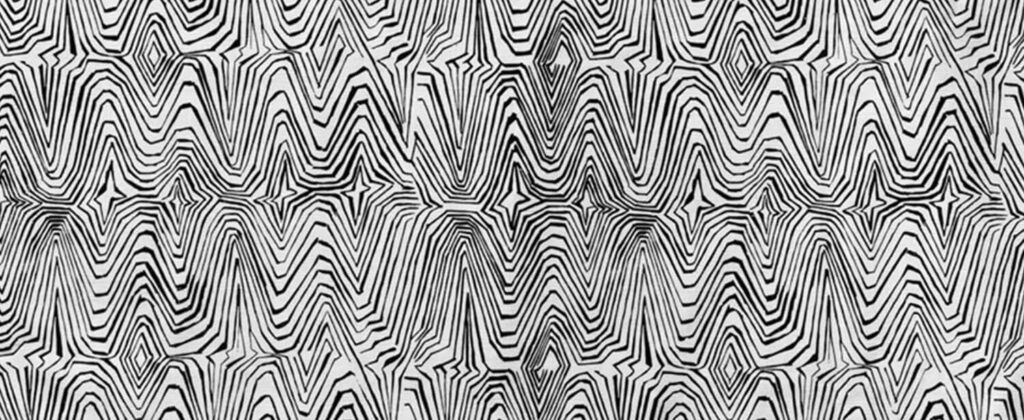
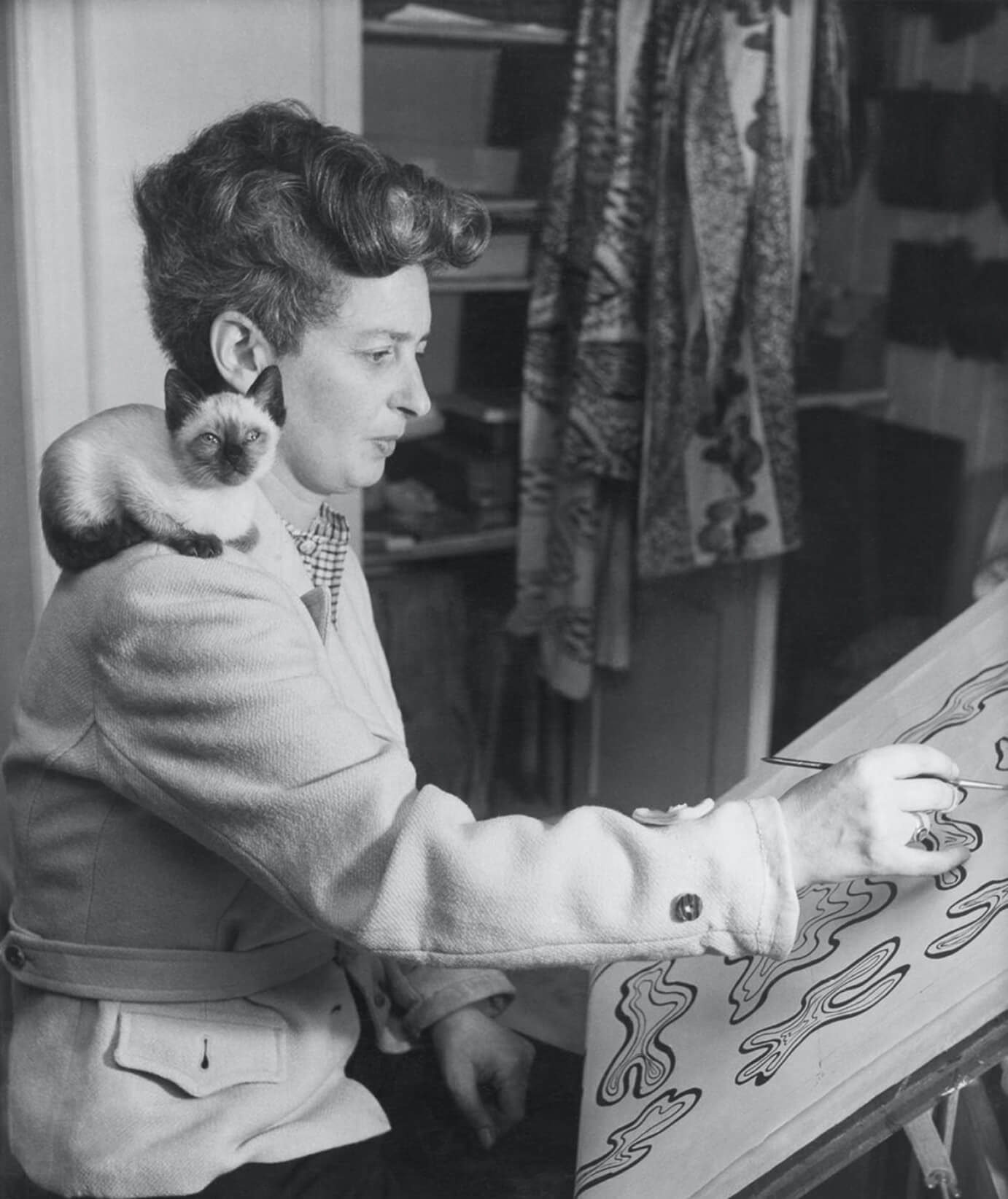
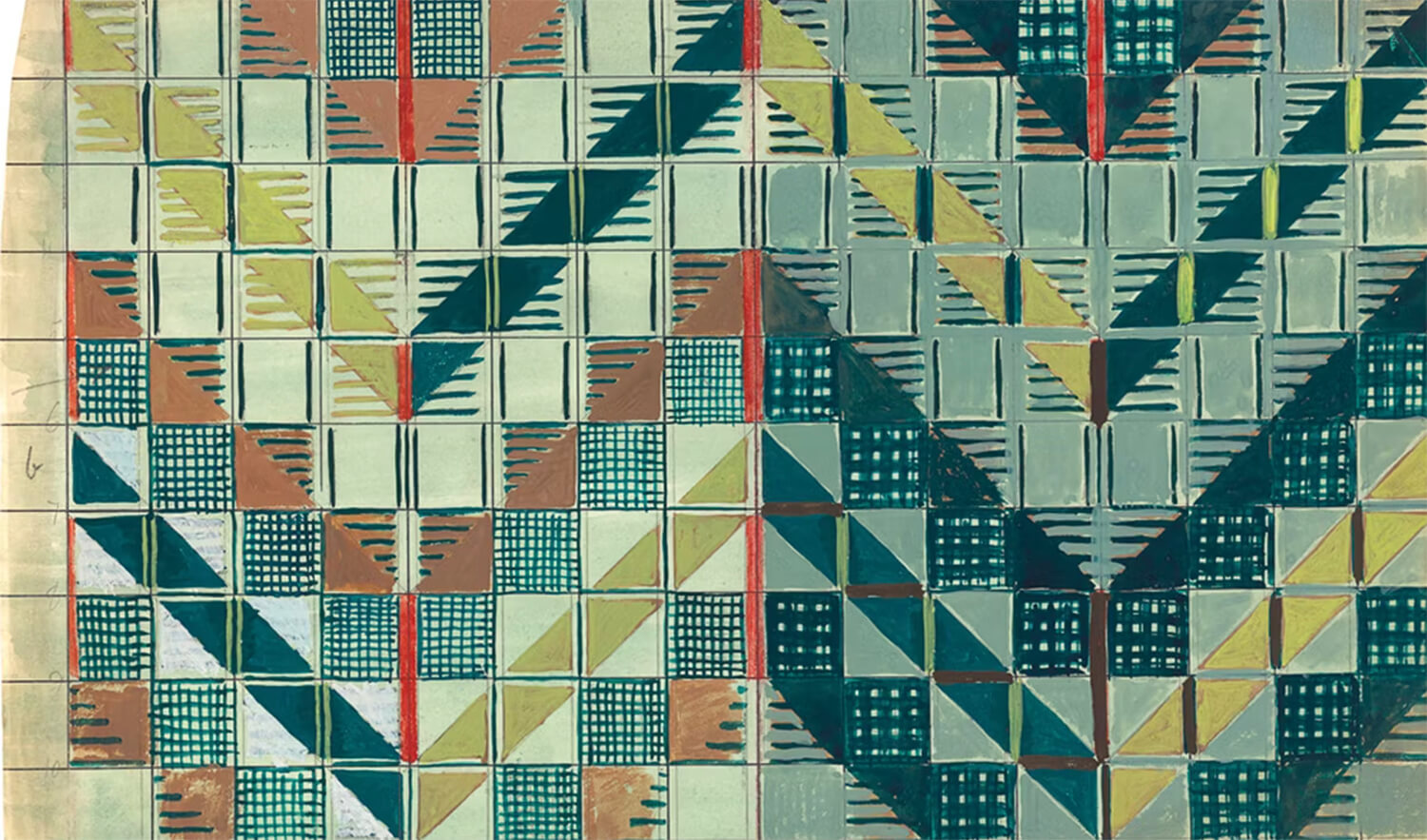
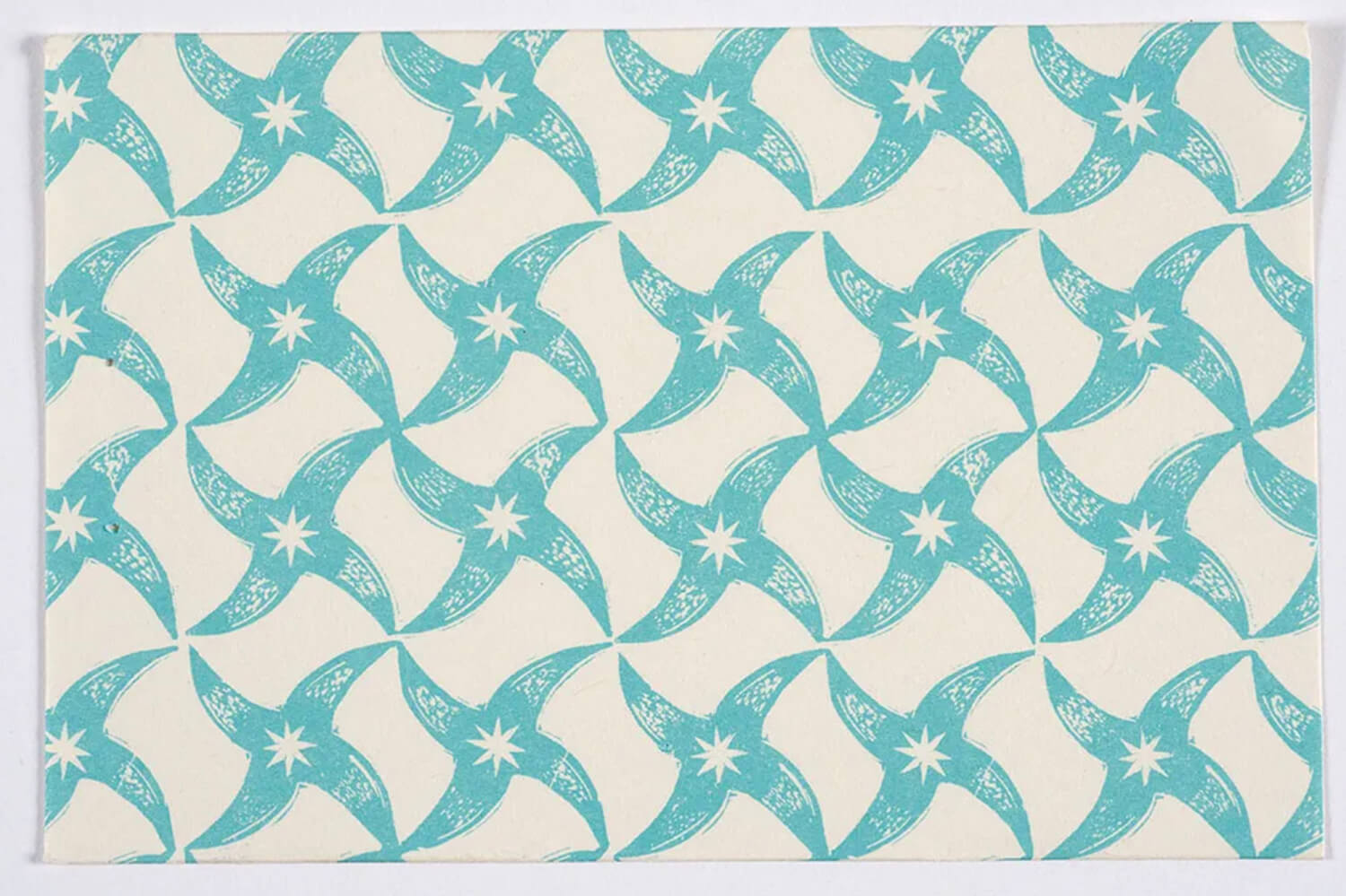
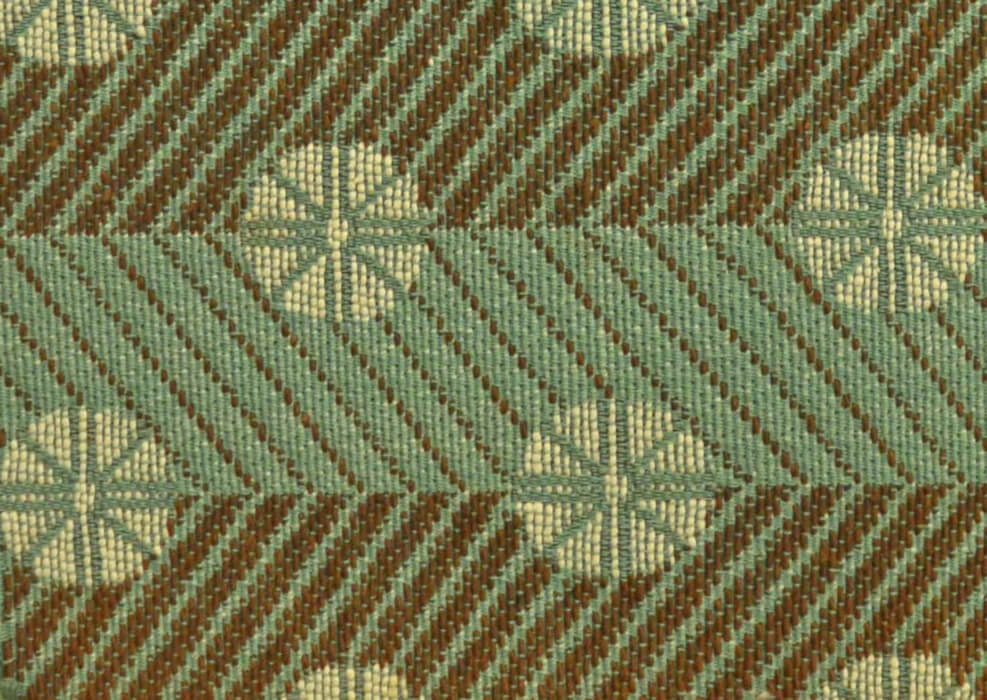
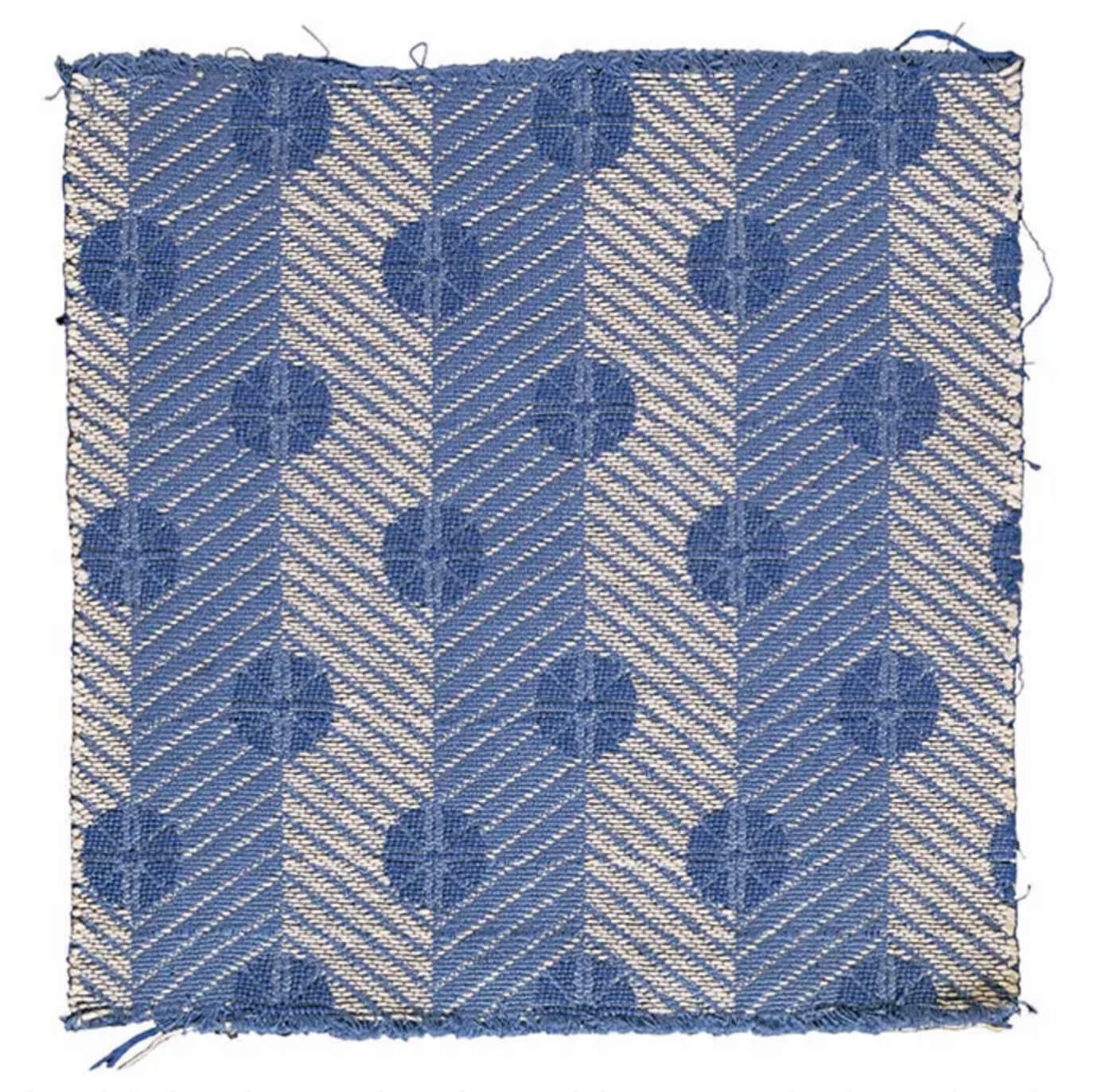
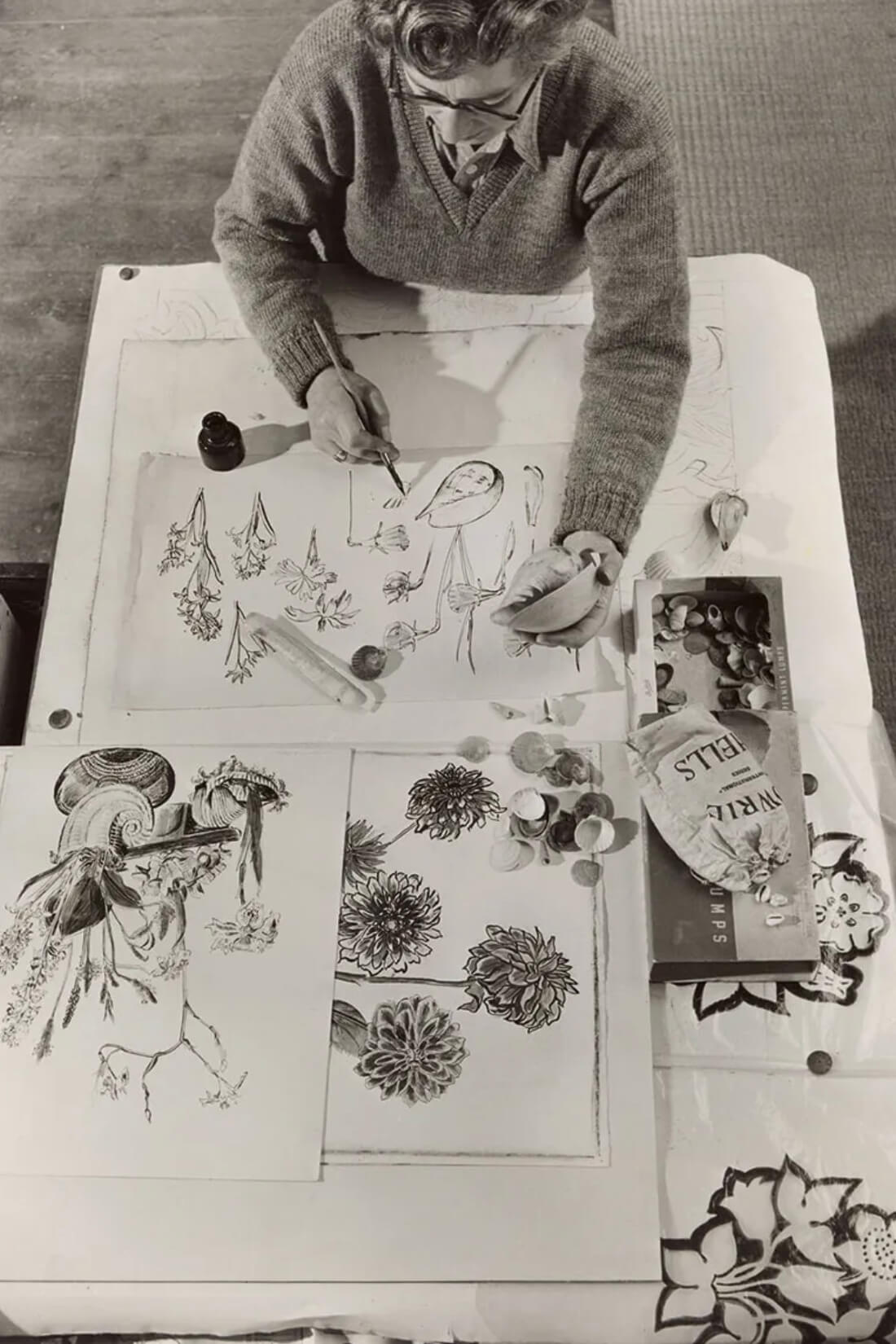

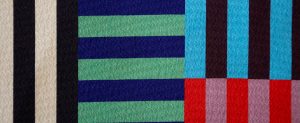

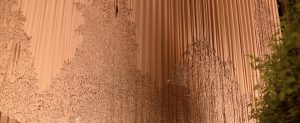


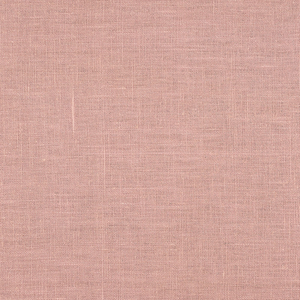



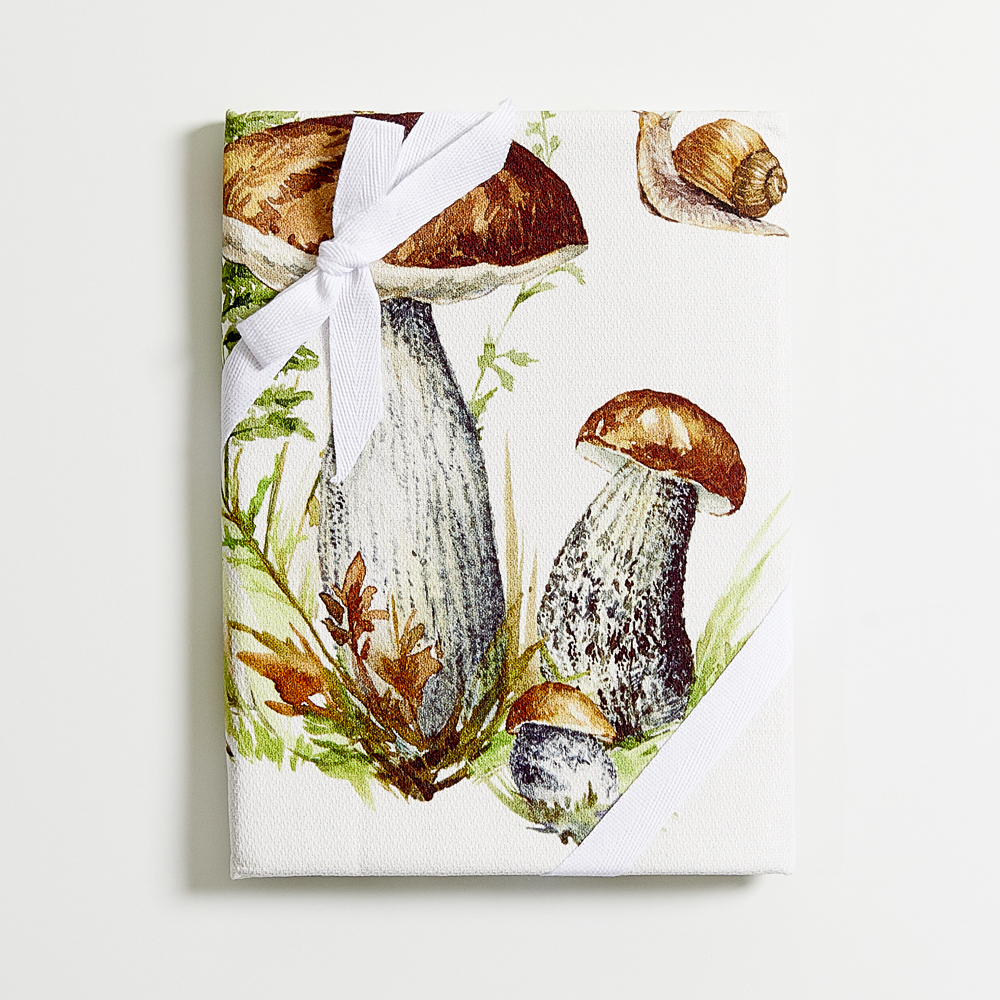







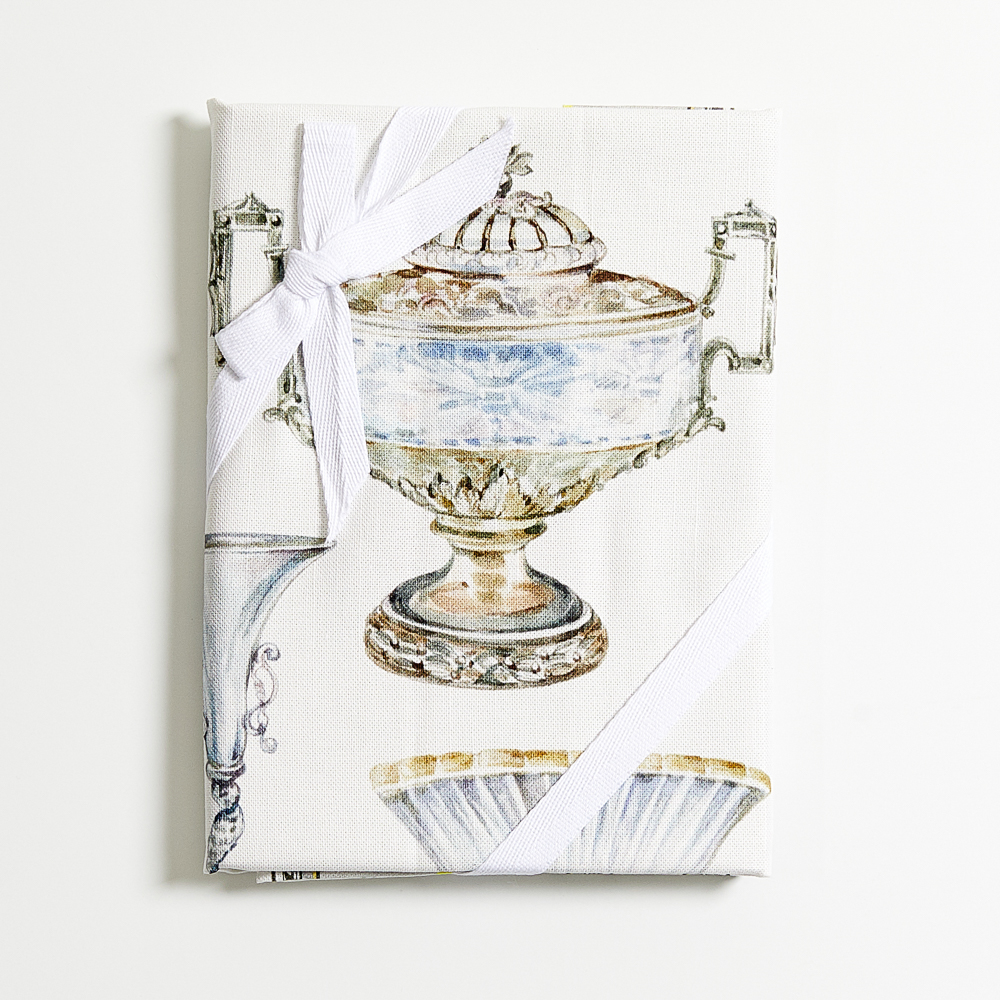






4 Comments
Pingback:
Enid Marx 1902 –1998 – BiancasvisionsEmily Ulrich
You continually amaze me with these profiles of textile artists. Keep telling the stories.
Vicki Lang
I agree so much talent is brought to light in these articles from earlier times to present day.
Susan B. Werrin
Thank you for providing these wonderful articles on textile and fiber artists. It’s inspiring to read about how designers from the past have influenced the modern trends in art and design.